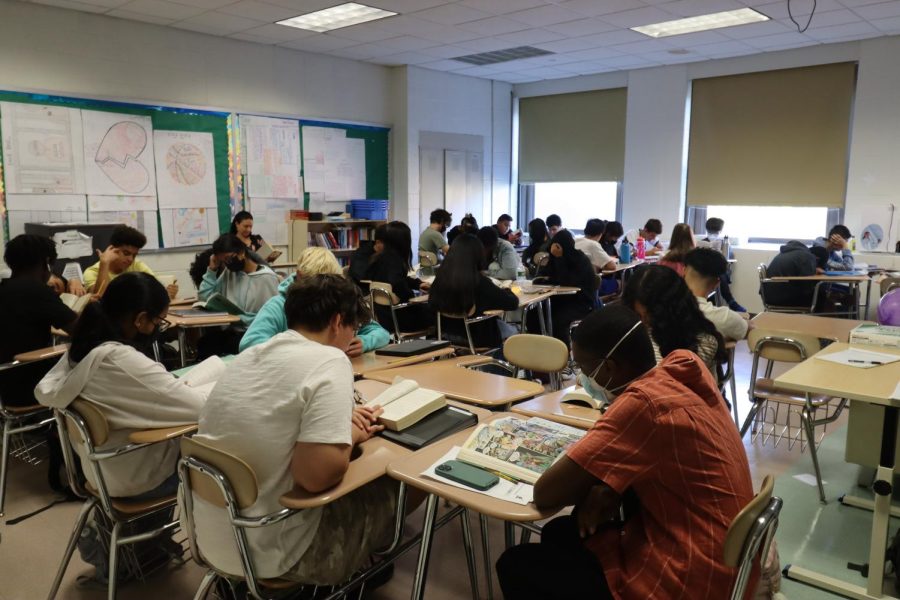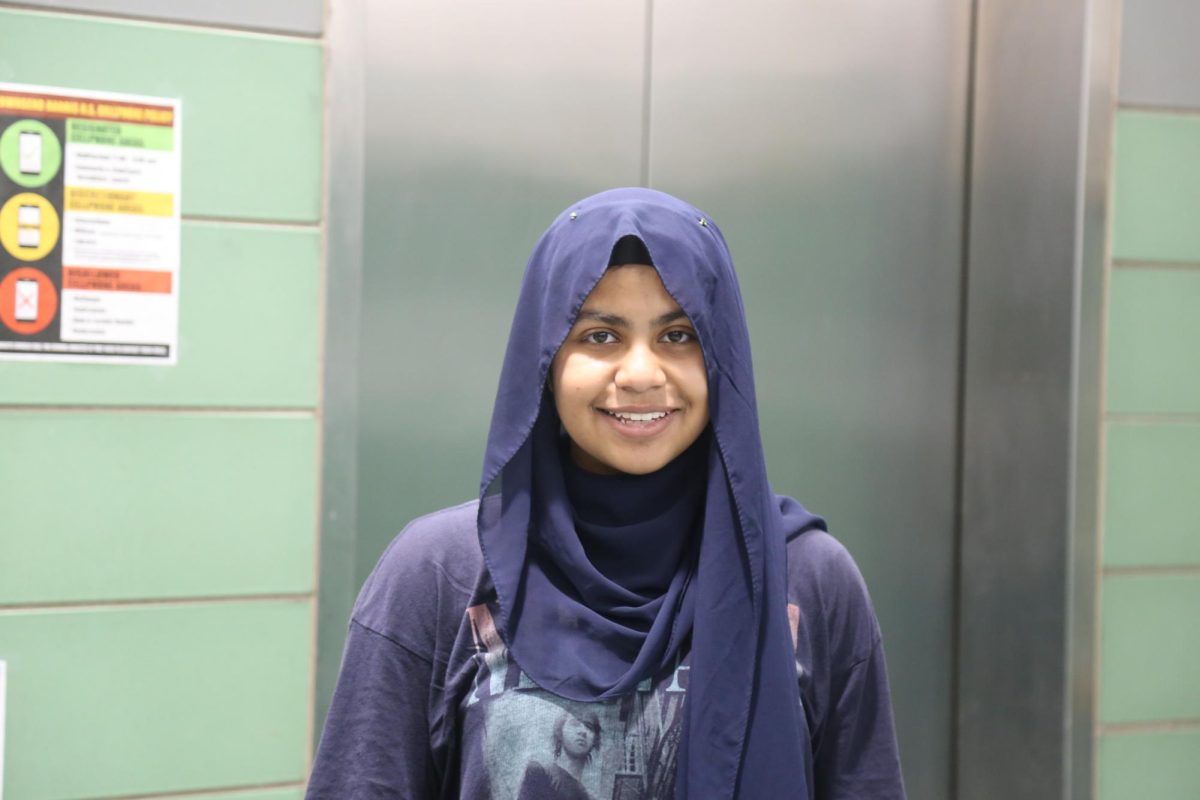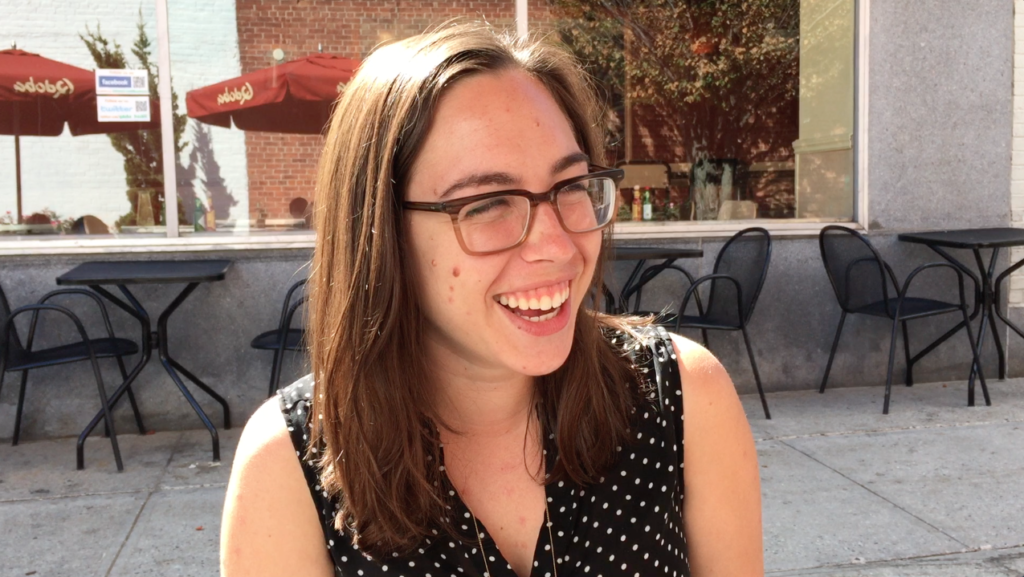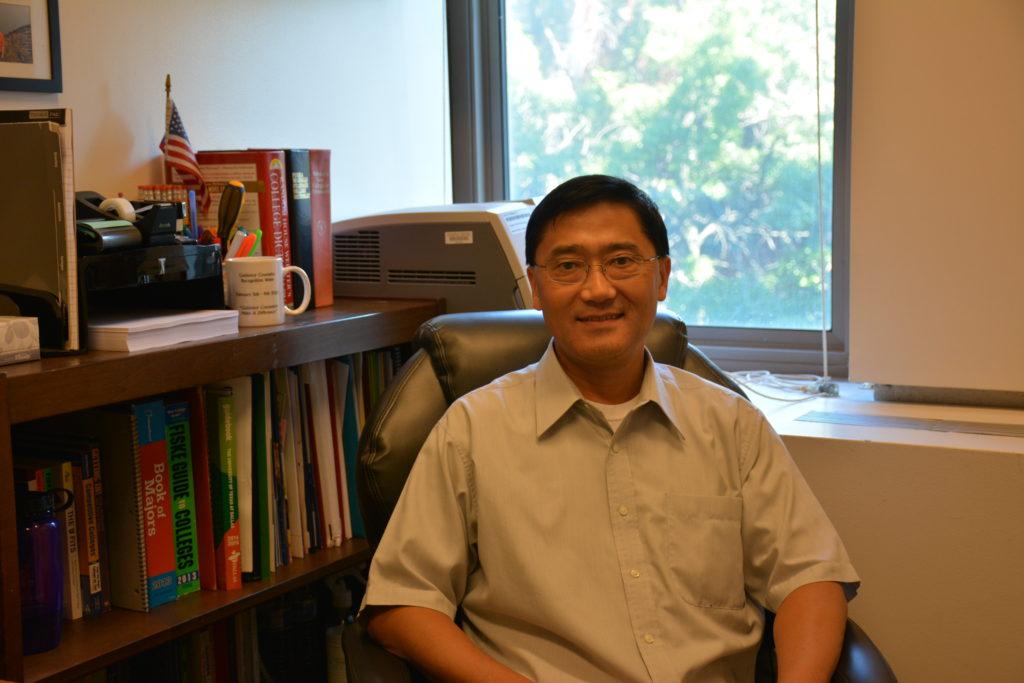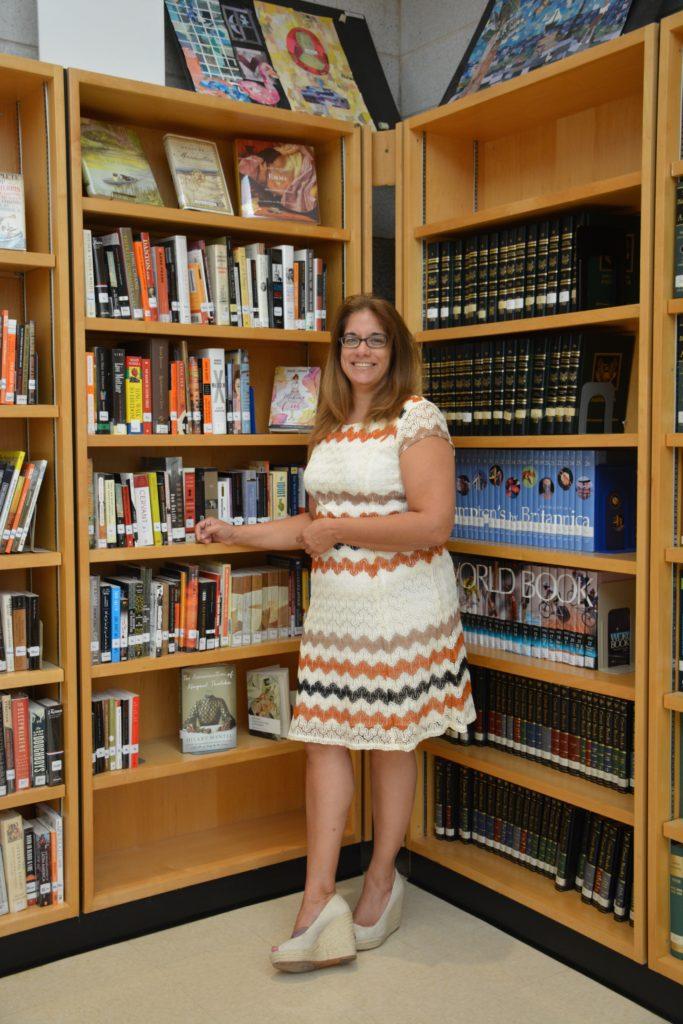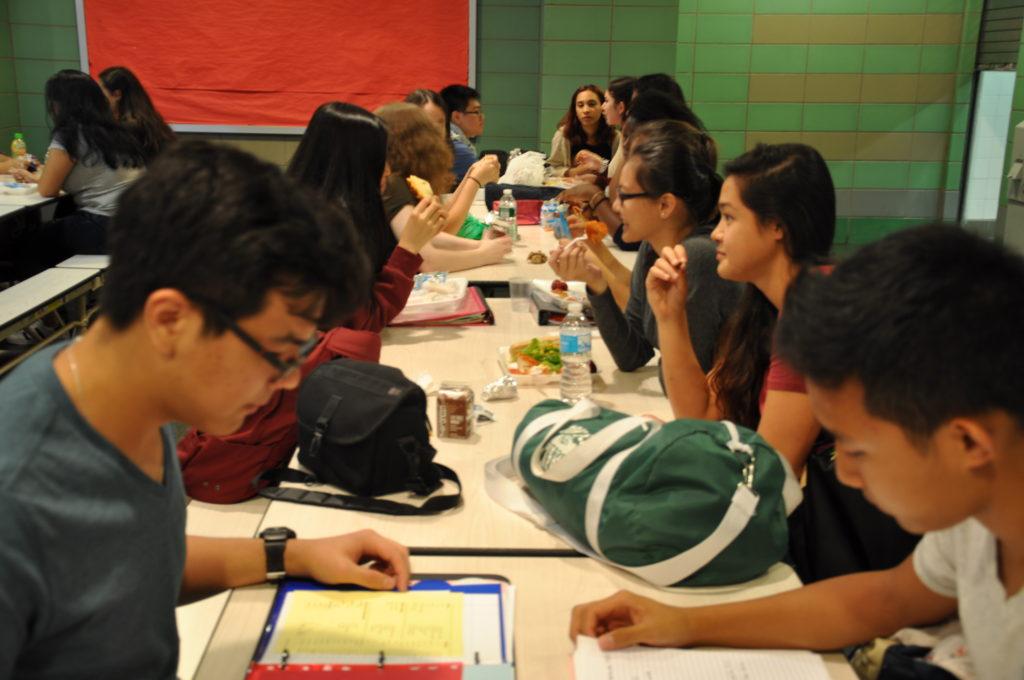
The Department of Education has launched a new teacher evaluation system this school year aimed at identifying inefficient teachers. The new system includes a more detailed rubric for administrators to use when rating teachers and offers an increased emphasis on standardized tests.
The United Federation of Teachers and the Department of Education, who have been trying to improve the quality of public school teachers, failed to agree on a new teacher evaluation system and thus, missed the deadline on January 17. John King, the New York Commissioner of Education, ended the dispute by establishing the teacher evaluation system currently in place. The DOE plans to spend $100 million implementing the Common Core standards and new teacher evaluation system.
The new “Framework for Teaching” rubric, which draws on the work of Charlotte Danielson, is composed of three categories for teachers to be graded upon. Student performances on state and locally-produced exams will each constitute 20% of a teacher’s evaluation (for a total of 40%).
Students have already taken the first of these local exams, an English Language Arts Assessment. The new rubric also called for teams of four people selected by the principal and four by the teacher’s union chapter leader to choose standardized tests from a city-approved list. The remaining 60% of the rubric will be based on classroom observations, with at least one unexpected classroom visit from principals.
“[The new evaluation system] seems very number driven, and it seems like it’s designed to make teachers teach to boost their numbers and to care about numbers. I associate that kind of number orientation with day traders and corporations. I think the field of education has separate traditions,” said English teacher Robert Babstock.
In the previous system, teachers were placed into the category of “unsatisfactory” or “satisfactory.” Now, teachers will be rated by the categories of “highly effective,” “effective,” “developing,” and “ineffective.” There will be twenty-two categories considered, which must be rated sometime throughout the school year.
There are pros and cons to the new rubric.
“Some components really are beneficial and cover what it takes to have a successful lesson and successful teachers,” said Mr. Barbetta.
However, Mr. Barbetta admits that time will be an issue because the administration has to complete these ratings “in addition to making a school function.”
Assistant Principal of Humanities Rafal Olechowski likes how the new rubric allows teachers to get credit for specific things they do.
“There is so much teachers do that lead up to lessons and even after the lessons. This was never evaluated and never looked at. Now, the new system gives recognition for all the hard work teachers do before, during, and after classes,” he said.
Despite this, Mr. Barbetta notes that the change of rubric “isn’t too drastic” for the THHS administration, who have been using a rubric for several years.
The new emphasis on students’ performances on state and local exams, however, raised controversy among teachers.
“They should come up with a better system,” said Mr. Barbetta. “I don’t want more tests for students. The state might create student tests just to evaluate teachers.”
Physical Education teacher Maria Assante agrees.
“I understand that there have to be standards, but students at this school are overtested and some are bad test takers,” she said. “Students are more than just test taking machines.”
Students also dislike the idea of increased standardized exams.
“They shouldn’t base teachers’ teaching skills on tests because some students are just bad test takers, but we still retain a lot of information,” said junior Jessica Mgbeojirikwe. “I would hate it if my intelligence was solely based on one or two tests.”
Other students don’t think that exams are accurate ways of judging the quality of a teacher.
Sophomore Teresa Deely believes that there are many instances where one can learn a lot from a teacher but still do poorly on their exams.
Since state exams only cover main subjects such as math and science, teachers of other subjects such as foreign language, physical education, and electives will be partially evaluated based on student performances on main subject standardized exams.
“Until the city creates more tests, teachers [of subjects without standardized exams] will be rated on subjects and students they don’t teach,” said Mr. Barbetta.
Spanish teacher Diana Villaverde is not too concerned about the new policy.
“They give us the rules, and we have no choice but to follow them. I just deal with it.”
English teacher Joseph Canzoneri agrees, saying, “Personally I’m not concerned because much of what I’ve been doing in class over the years has been meeting Common Core requirements.”
Teachers aren’t the only ones who will be evaluated under the new rubric. Principals in New York City public schools will also be assessed under similar criteria, with at least one unannounced visit from the superintendent.
“I am going to have the same evaluations as principal so I have an interest in making this system work. I want to make sure I am treated fairly as well as teachers,” said Mr. Barbetta.
Student surveys will also constitute a small part of the new teacher evaluation rubric. Starting next school year, the DOE plans for students to fill out questionnaires about their teachers.
“As an idea, I kind of like it. Students have very little voice and as a teacher, I want to know how my students see me,” said Mr. Olechowski.
The DOE still has many unanswered questions about the evaluation system, and borough meetings will be held to possibly adjourn these concerns.
“There’s still a lot of questions we all have about the teacher evaluation system,” said Science teacher Shi Bing Shen. “I think the rubric they’re using is very close to what they also had, but it’s based on Common Core. Without really seeing a practice you can’t really point your finger at where exactly the similarities and differences begin and end.”
However, Mr. Barbetta notes that the implementation of the new system has been smooth so far.
“Teachers here are familiar with the rubric,” he said. “They’re great teachers and know expectations.”



